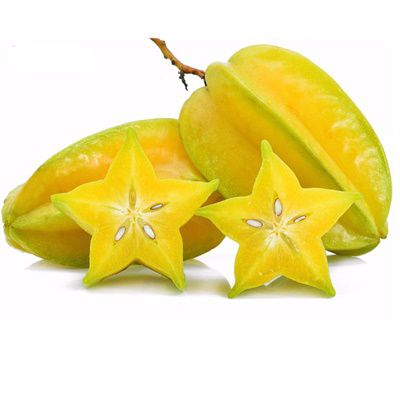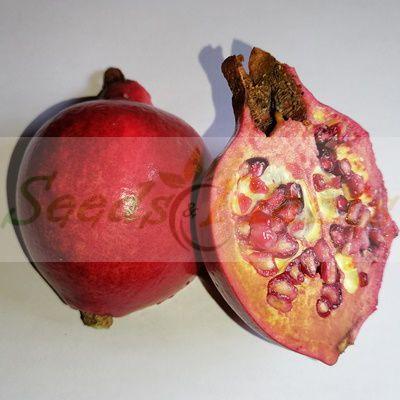Cossack Pineapple Ground Cherry – 50 Seeds
(Physalis pubescens)
R30.00
Annual plants reaching a height of about 45cm. It’s a close relative of Cape gooseberry, producing cherry-tomato sized fruits that have a pineapple-tomato flavor.
Seed Type: Organic – Harvested from our own plants.
Indoor Sowing: Late Winter.
Direct Sowing: Spring.
In stock
🍓 Fruit Quick Facts
- 🌱 Life Cycle: Annual
Cossack Pineapple Ground Cherry (Physalis pubescens) is an annual plant from Eastern Europe, distantly related to the Mexican tomatillo. The taste of the fruit is different to that of Cape gooseberry. The ripe ground cherry tastes more like pineapple with hints of cherry tomato and vanilla. Their sweet flavor is what earns them the nicknames “strawberry tomato” and “Cossack pineapple.”
This is a fun and easy crop to grow, with the low, bushy, spreading plants reaching a height of about 45cm. The plant is vigorous producer of marble-sized yellow berries (the size of cape gooseberries) in a husk from midsummer until well into autumn. The fruits drop from the plants when they are ripe, hence the name ground cherry. They are firm fruits, even when ripe, with very small seeds.
Pineapple Ground Cherry Culinary Uses
- Can be eaten raw, used in salads, desserts, as a flavoring, in jams and jellies.
- Fruits can be dipped in chocolate, added to preserves, uses in hot dessert toppings or mock pineapple yogurt.
- When dried in sugar, the fruit is excellent in fruit cakes, some cooks preferring them to raisins or figs.
Growing Cossack Pineapple Ground Cherry
Indoor Sowing: Late Winter.
Direct Sowing: Spring.
- Start the Seeds indoors 6 – 8 weeks before the end of frost season or direct sow in Spring.
- Best planted at soil temperatures between 10°C and 25°C.
- Fill the seed tray with moist seedling growing medium. Press down firmly and level.
- Scatter seeds evenly over the surface.
- Cover the seeds with a fine layer of soil (no more than 5mm deep). Alternatively, use vermiculite as a covering.
- Press or firm down once again to keep the seeds in place.
- Water well and keep the tray in a warm, sheltered position for germination to take place.
- Transplant seedlings, when they are about 10cm tall, into well prepared garden beds.
- A steady supply of moisture will result in the highest quality fruits, so water regularly if there has been no rain.
- The plants are frost tender and is grown as an annual in most climates.
- Once transplanted into the garden, expect the harvest to begin in 70 to 75 days.
- For fruit production to occur, you need have at least two plants, planted close to each other.
Disclaimer
Medicinal Information:
All medicinal information on this website is for educational and informational purposes only and may not be construed as medical advice. The information is not intended to replace medical advice or treatment offered by healthcare professionals.
Seeds, Plants, Plant Cuttings, Geophytes and Dried Herbs:
In some countries and provinces, certain plants are deemed as invasive and are not allowed to be planted at all, whilst some plants are allowed to be grown only in certain areas or provinces. The onus is on you as the buyer to familiarize yourself with the regulations pertaining to your location, before purchasing any of our seeds, plants, plant cuttings, geophytes or dried herbs. We will not be held liable, should you purchase any seeds, plants, plant cuttings, geophytes or dried herbs. from us which are prohibited in your country or province.
| Life Cycle | Annual |
|---|



























